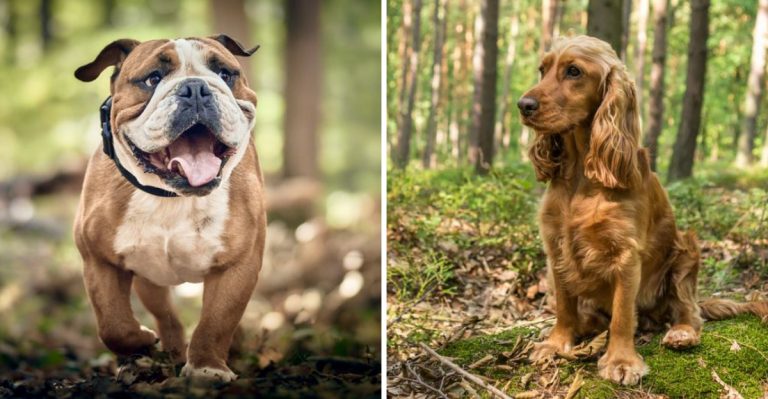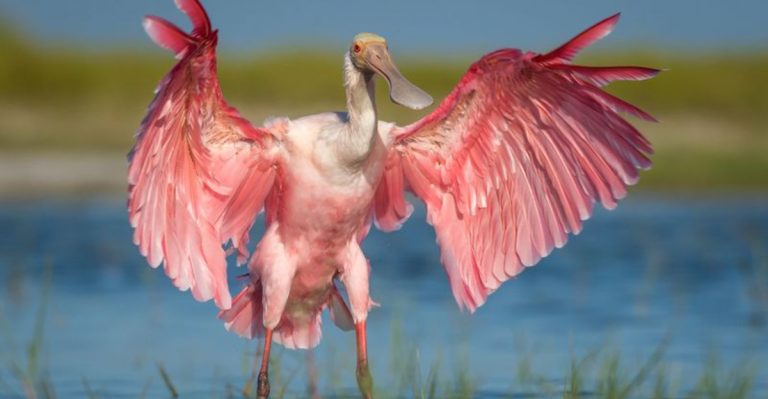The Surprising Comeback Of America’s Most Endangered Songbird
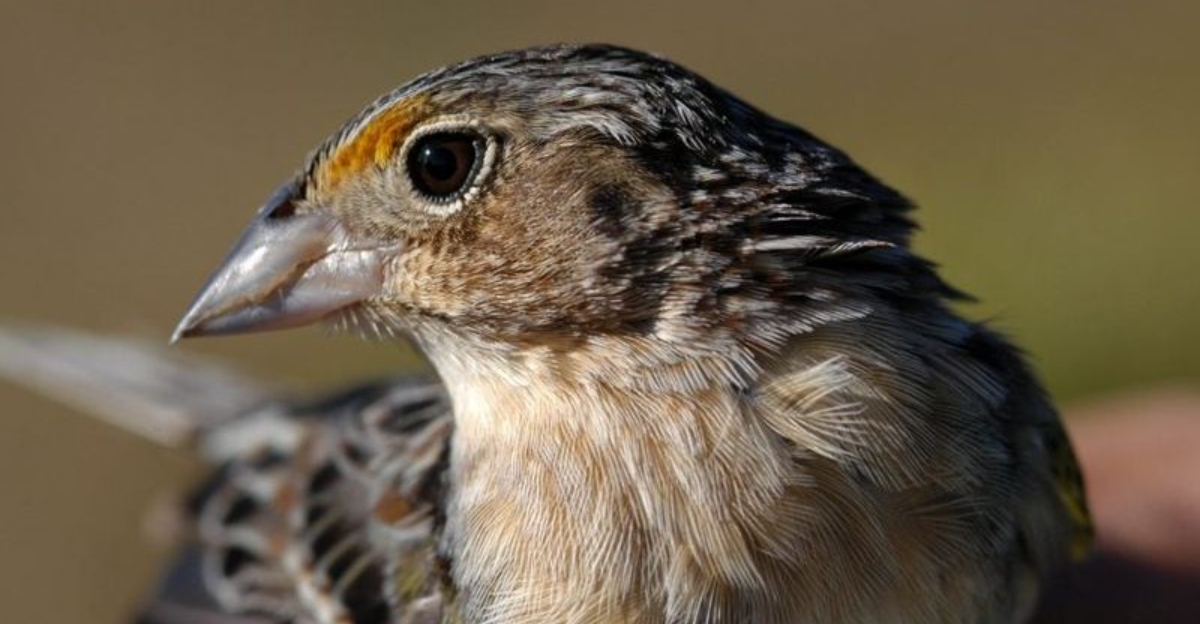
Hidden in Florida’s dry prairies, a tiny bird made headlines for all the wrong reasons. The Florida Grasshopper Sparrow nearly vanished from existence, earning the unwanted title of America’s most endangered songbird.
With fewer than 50 birds left in the wild by 2018, scientists feared we might lose this species forever. Yet against overwhelming odds, this little fighter is staging a remarkable comeback that’s giving conservationists renewed hope.
What Is The Florida Grasshopper Sparrow?
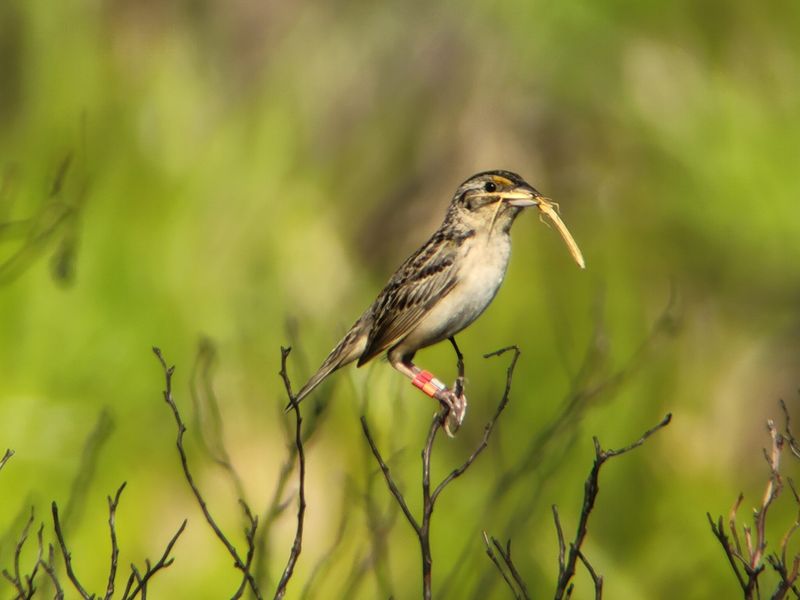
No bigger than your palm, this secretive ground-dwelling bird calls central Florida’s native grasslands home. Its mottled brown feathers blend perfectly with dried grasses, making it nearly invisible to untrained eyes.
Males sing a distinctive insect-like buzz that earned them their grasshopper nickname. Found nowhere else on Earth, this subspecies represents Florida’s only endemic bird.
Weighing Less Than Three Quarters
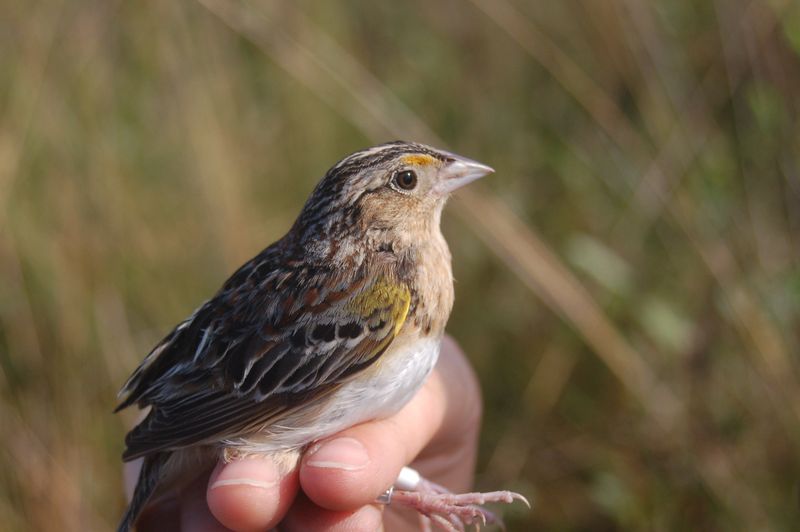
Tipping the scales at just 18-20 grams, this feathered miracle weighs less than three U.S. quarters. Such diminutive size makes the sparrow especially vulnerable to predators and environmental changes.
Despite its fragility, this lightweight champion manages to build nests, defend territories, and raise young in one of Florida’s harshest landscapes. Their small bodies require constant feeding, especially during breeding season.
The Struggles Of Florida’s Grasshopper Sparrow
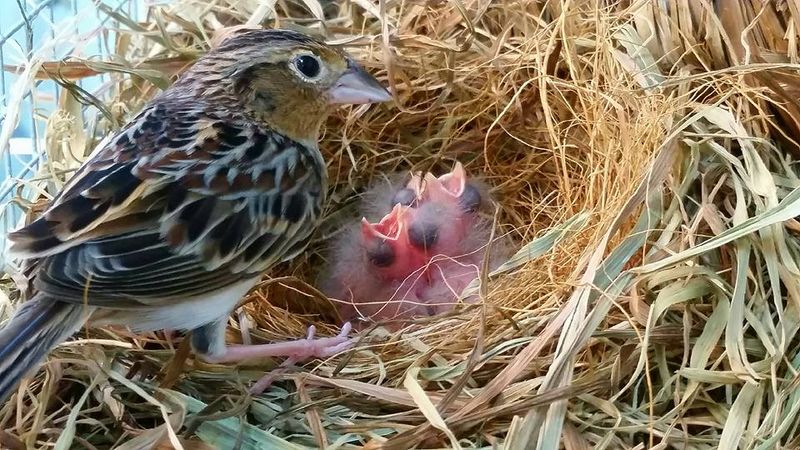
Seasonal flooding drowns nests and young birds, while prolonged droughts eliminate crucial food sources. Fire ants invade territories, consuming eggs and attacking helpless chicks.
Cattle operations fragment habitats, and invasive plants choke out native grasses where sparrows feed and hide. Climate change intensifies these challenges, creating more extreme weather patterns that this specialized bird never evolved to handle.
Endangered Species Status
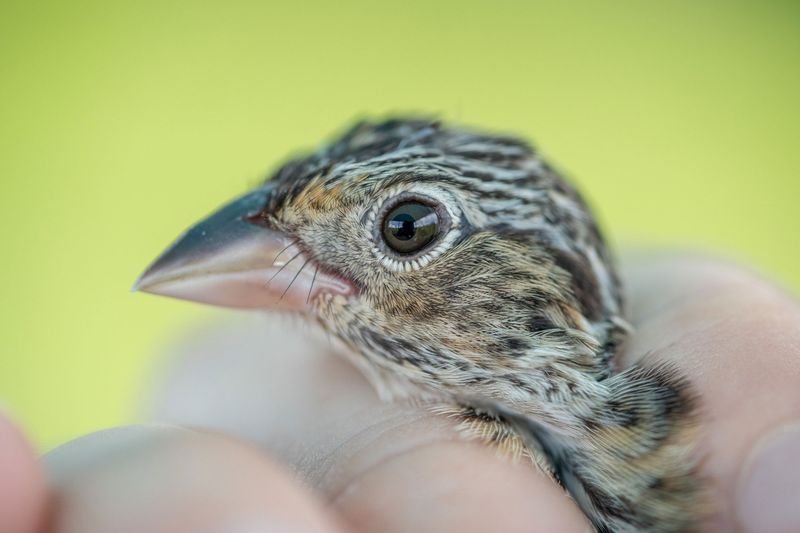
By 2018, scientists counted fewer than 50 wild birds remaining. Agricultural development had claimed 85% of their original habitat, leaving isolated populations on fragmented preserves.
Mysterious nest failures puzzled researchers as breeding pairs produced eggs that never hatched. Genetic diversity plummeted dangerously low, with inbreeding threatening the species’ viability. Without immediate intervention, extinction seemed inevitable within years.
How Scientists Are Helping The Florida Grasshopper Sparrow
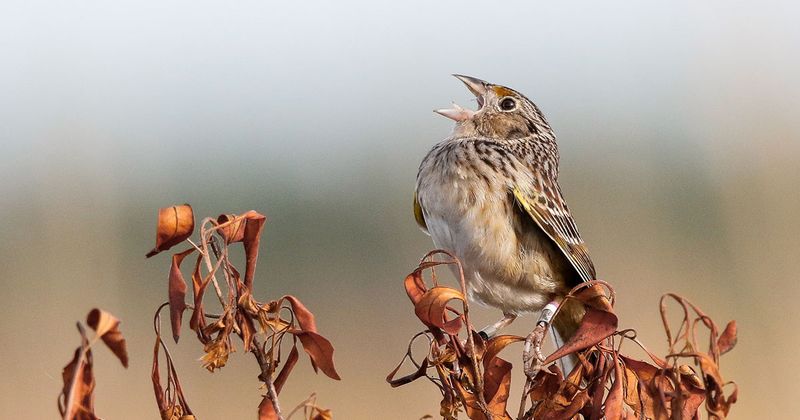
A dedicated recovery team united federal agencies, conservation groups, and universities in an unprecedented rescue mission. White Oak Conservation Center established specialized breeding facilities mimicking natural conditions down to soil type and insect populations.
Researchers deployed innovative nest protection devices against predators and fire ants. GPS tracking revealed crucial migration patterns and habitat preferences, guiding land management decisions that benefit the sparrows.
Captive Breeding And Release Programs
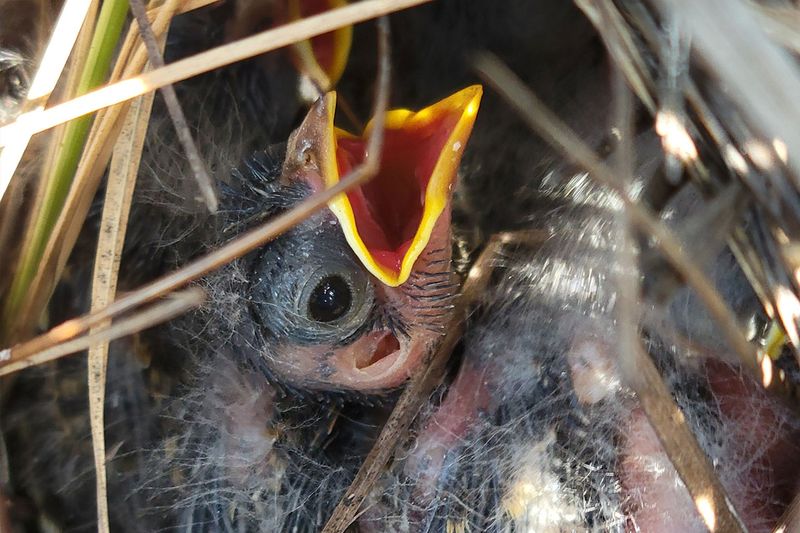
Starting with just 21 captive birds, breeding specialists learned to replicate natural nesting conditions. Hand-rearing techniques evolved to prepare chicks for wild survival without human imprinting.
Each released bird receives a unique color band combination allowing field identification. Soft-release enclosures give newly freed sparrows time to acclimate before facing the wild. The program has now successfully released over 300 birds, with many forming pairs and producing offspring.
Restoring The Florida Grasshopper Sparrow’s Home
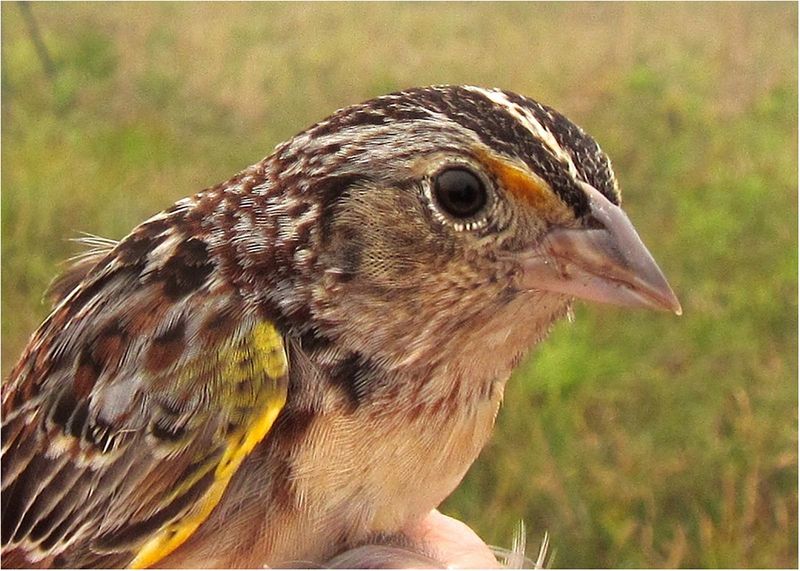
Strategic prescribed burns mimic natural fire cycles that sparrows evolved alongside. These controlled flames prevent woody shrub encroachment while promoting native grasses and wildflowers that support insect prey.
Hydrologists engineered water control structures to prevent nest-destroying floods. Native seed collection programs restore degraded areas with the exact plant species these picky birds prefer. Carefully timed mowing creates mosaic patterns of varying grass heights that sparrows need.
Challenges To Recovery
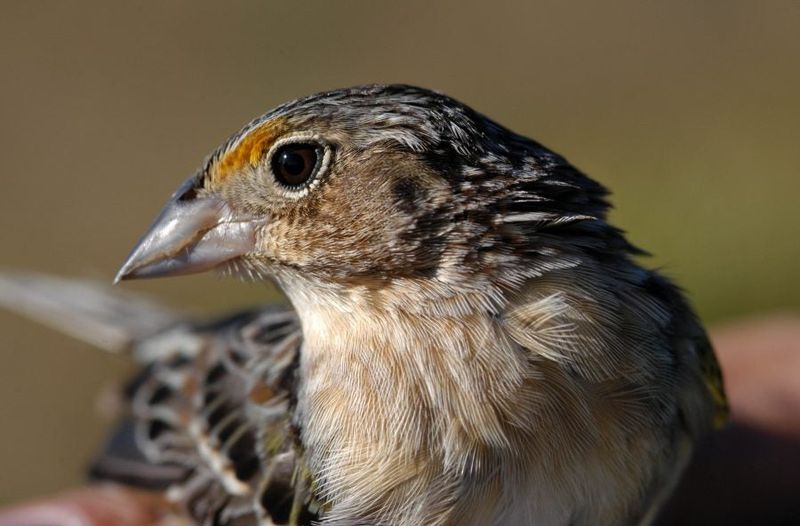
Imported fire ants remain a persistent nemesis, requiring targeted bait treatments around active nests. Feral hogs uproot vegetation and destroy sparrow habitat with their aggressive foraging behavior.
Cattle operations must balance economic needs with sparrow conservation. Even well-intentioned management practices sometimes backfire – excessive prescribed burns can temporarily eliminate cover that sparrows need for protection from hawks and snakes.
The Role Of Local Communities In Saving The Florida Grasshopper Sparrow
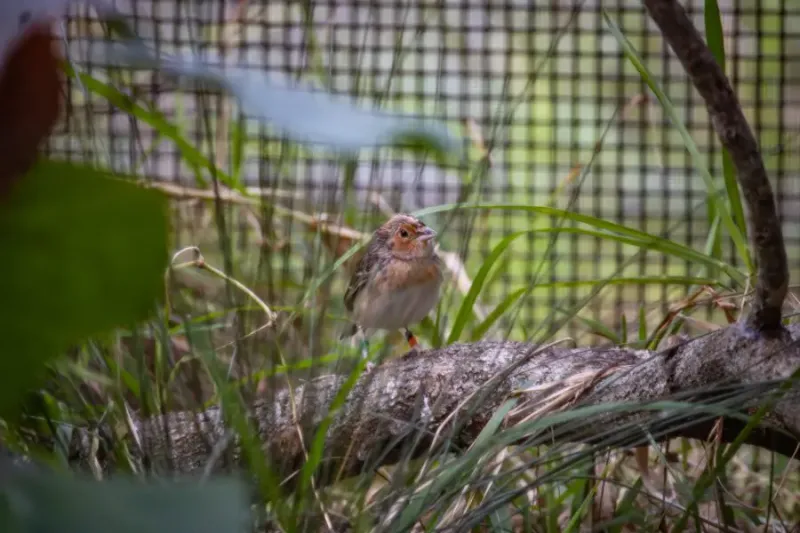
Ranchers now implement sparrow-friendly grazing rotations that maintain habitat while supporting cattle operations. Local schools adopt conservation education programs where students monitor mock territories and learn about prairie ecology.
Volunteer citizen scientists help track released birds, expanding monitoring capacity beyond what professionals alone could accomplish. Community fundraisers have generated crucial financial support for breeding facilities when government funding faltered.
Signs Of Hope
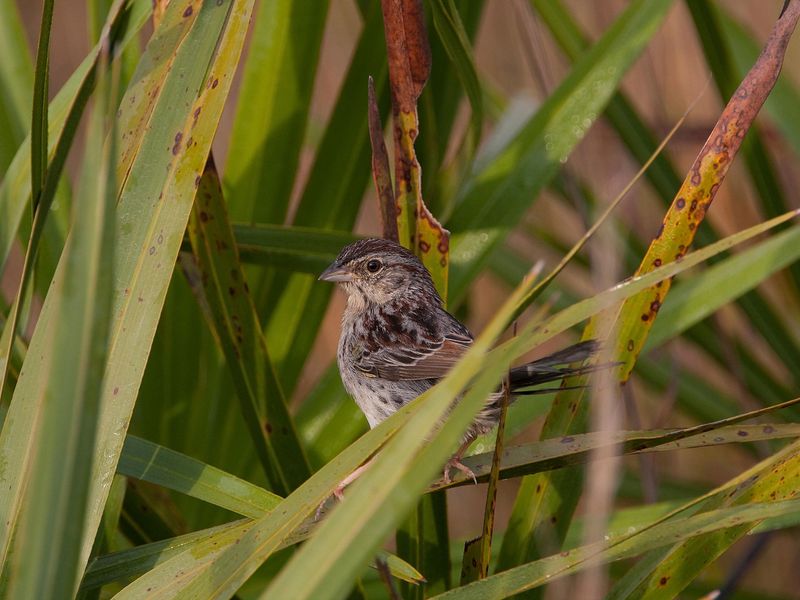
Wild population counts have increased from under 50 to over 150 birds – still endangered but trending positively. Released captive-bred birds now successfully mate with wild sparrows, strengthening genetic diversity.
Nesting success rates have improved by 40% thanks to predator management techniques. Most encouraging of all, second-generation offspring from released birds are now breeding independently, proving the program’s long-term viability.
Unexpected Allies
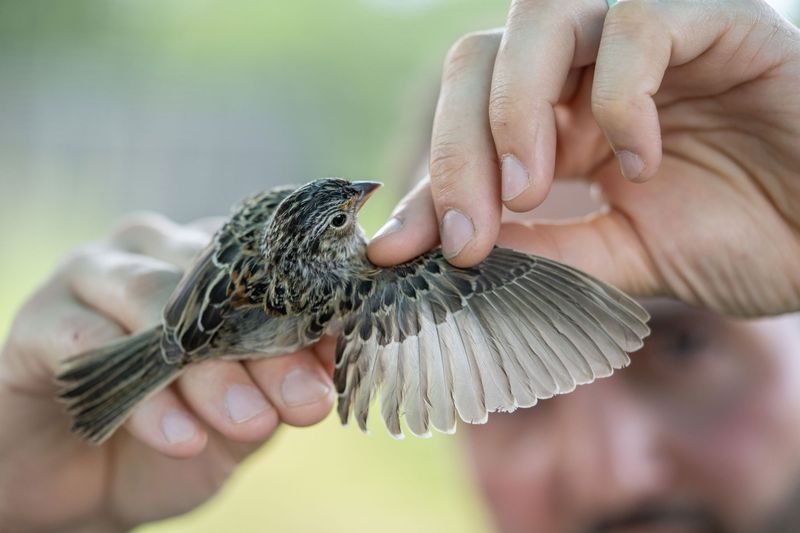
Former adversaries now collaborate through innovative payment programs that reward ranchers for maintaining sparrow habitat. Third-generation rancher Jim Strickland pioneered techniques combining profitable cattle operations with prairie conservation.
Ranchers’ intimate knowledge of land patterns often surpasses scientific data in identifying potential sparrow territories. Their equipment and manpower provide practical support for habitat management that conservation budgets alone couldn’t accomplish.
Scientific Breakthroughs
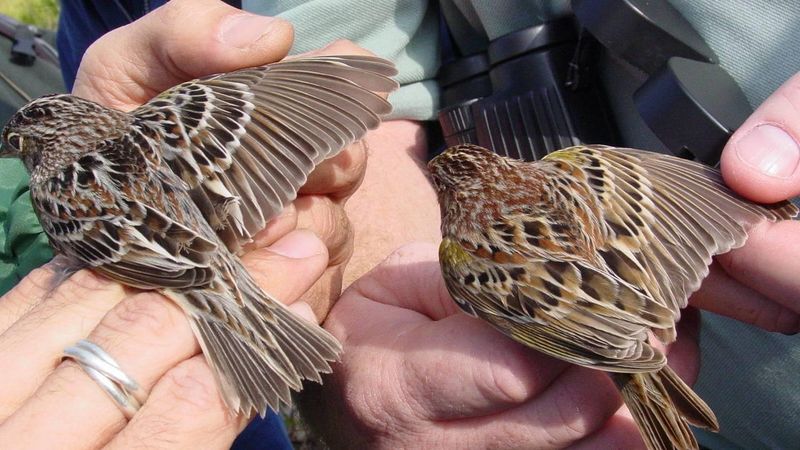
Miniaturized tracking devices weighing just 0.2 grams now reveal previously unknown migration patterns. DNA analysis identifies genetic bottlenecks and guides breeding decisions to maximize diversity.
Acoustic monitoring stations record and identify individual birds by their unique songs. Drone thermal imaging locates nests without human disturbance, while specialized cameras document previously unseen behaviors, revolutionizing our understanding of this secretive species.
What The Future Holds
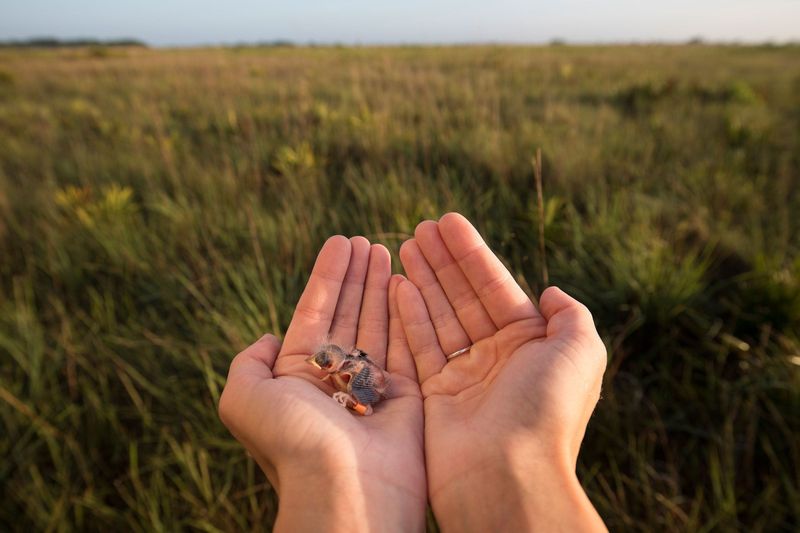
Recovery remains fragile, with climate change looming as the next major challenge. Conservation plans now incorporate resilience strategies for rising temperatures and shifting rainfall patterns.
Genetic banking preserves DNA should catastrophe strike wild populations again. The sparrow’s recovery model is being adapted for other endangered grassland birds facing similar threats. With continued support, this tiny survivor might yet reclaim its voice across Florida’s prairies.

